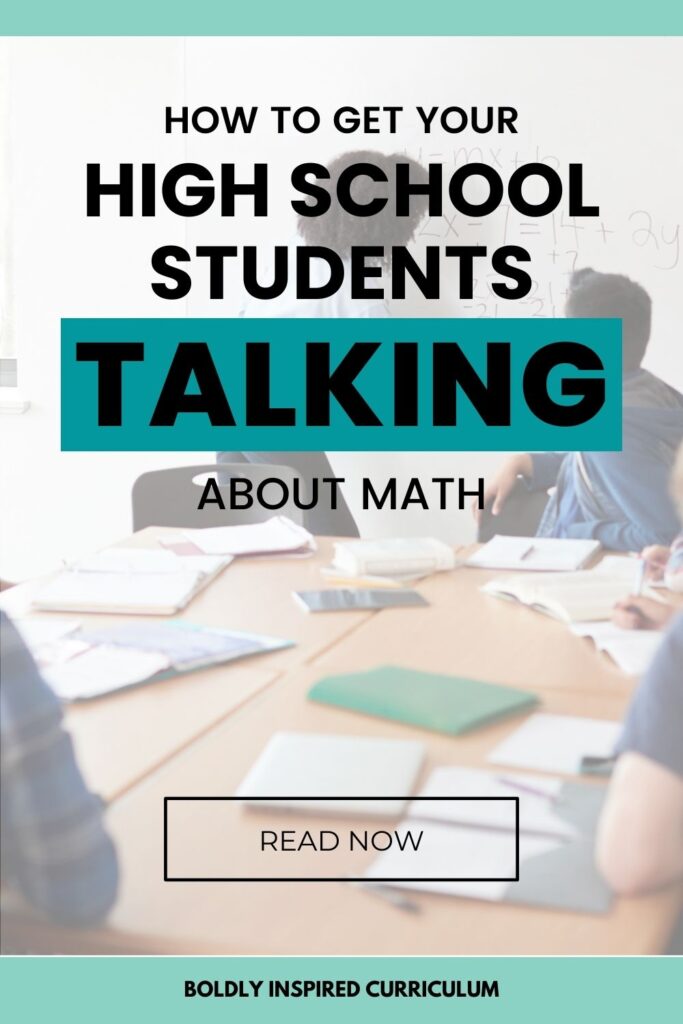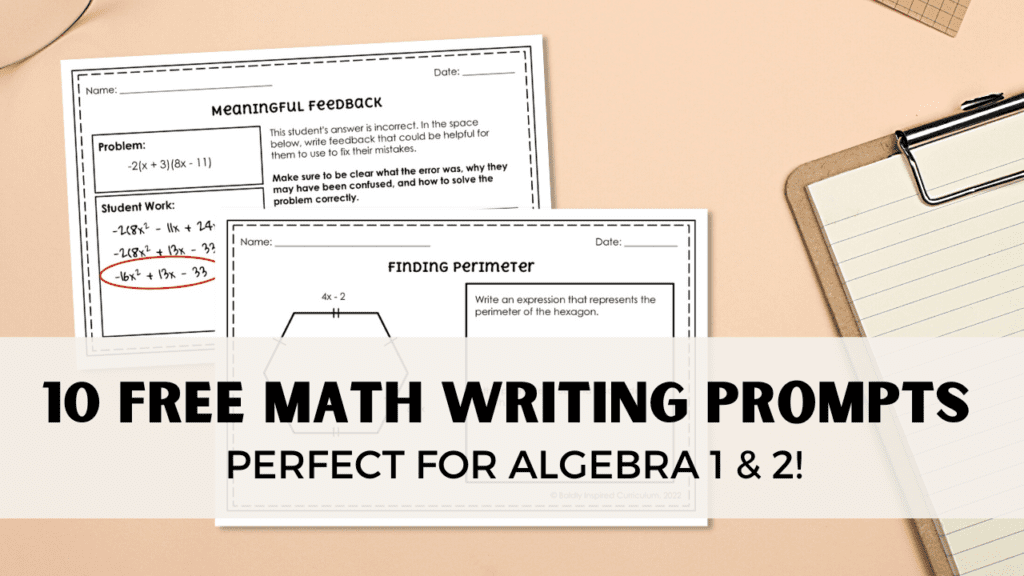When I think about the skills I want my students to have by the time they graduate, the importance of teaching collaboration is one of the first things that comes to mind. Let’s be honest, not agreeing or working well with other people does not end once you get to adulthood. I know you’re picturing that one (or a few 😅) coworker right now.
The ability to work together to achieve a common outcome is a skill that is still developing in many students and is one that should be taught across the curriculum. We assume that by the time students get to high school they know how to “play nice” or work well with others.
If you think about it, their frontal lobe still has 10 more years of development.
I can’t stress enough how important it is to set expectations for collaborative learning and truly show your students what effective group work looks like.
The idea that students are competing against each other for grades makes it challenging for students to be motivated to help each other. In this blog post, I’m going to challenge you to find ways to reduce this competitive edge in your classroom and create an environment where students are praised for helping each other and working together.

Table of Contents
ToggleWhy teaching collaboration is important
Real life skills
Collaboration is a skill that your students will actually use once they graduate from high school. They will need to know how to communicate clearly in addition to listening to the ideas of their peers.
For many students (and adults), listening and processing is not a skill that comes naturally. This can take a lot of intentional practice. The more that you can give your students opportunities to practice working with others the better they will become at intentionally listening to others.
A good starting goal would be having 3-4 designated times per week where students can work in pairs or small groups.
New perspectives
This is also a great opportunity for students to hear different perspectives and see different ways of solving a problem. When students work together on a problem, they can learn from each other’s different ways of thinking.
This can help them to develop a deeper understanding of the material and to be more creative in their problem-solving.
Class structure that encourages collaboration
Pairs
Teaching collaboration skills doesn’t have to be fancy and extensive. It could be a quick question that you have your students discuss with the person next to them.
Let me give you an example. You’re at the front of the room teaching a lesson and you want to ask a prompting question. Instead of having students raise their hands to answer your question, prompt them to take 60 seconds to think about their answer and share it with the person next to them.
This simple engagement strategy will keep your students from relying heavily on the “always quick to respond students” and give them the chance to actually think and talk about the math that they are learning.
Small Group
There are a few ways to group your students that will all have different advantages and disadvantages. My favorite way to group students is randomly. This is something that is discussed in detail in the book Building Thinking Classrooms.
If you don’t want to read the whole book right now, here are some highlights:
Putting students in random groups gets them out of their comfort zone and working with people they wouldn’t typically choose. This is a great opportunity to teach open-mindedness and valuing others’ opinions.
I also love how having random groups changes the regular routine and keeps students on their toes a bit. Then, when you decide to let them choose their own groups, it feels like a reward!
Collaborative learning activities for high school math
Warm ups
One simple way to integrate collaborative activities and discussions is during your warm up routine. All it takes is 5-10 minutes to have your students talk to each other about the problem and challenge them to find different strategies to solve a problem.
You could do this with a review problem, homework problem, or critical thinking question.

Real world applications
Word problems and real world applications can be challenging for many students. Allowing them to work together and bounce ideas off of one another can be a really great way to ensure success for every student. This could look like a short one day real world activity or a multi-day project.
Here’s a quick tip from Building Thinking Classrooms to get all of your students to participate:
Use vertical or individual whiteboards to encourage students to engage. If each student is required to participate whether that be through talking or writing, you can increase accountability in each group.
You could do this with a review problem, homework problem, or critical thinking question.
Group projects
Nothing screams collaboration like a group project. Having your students work together to create a final outcome helps them learn time management, communication, open-mindedness, listening, and so much more.
Through group projects, students are able to find their strengths. Some students may realize that they are better at solving the problems or creating the presentation whereas others would rather be the one up in front of the class explaining how they came to their answer.
Don’t forget to add a group grade along with the individual grade! You can also create a quick self-assessment to get feedback from students about their group members’ participation in the project.
I have found that students really appreciate these rubrics because they know that their opinion and perspective is valued by you.
Teaching collaboration and teamwork is essential for post high school success. It is important for teachers to show their students that having these social skills is just as useful (if not more) as the material that they are learning. Although it is important to teach our students to be good learners, it is more important to teach the students how to be good citizens.
